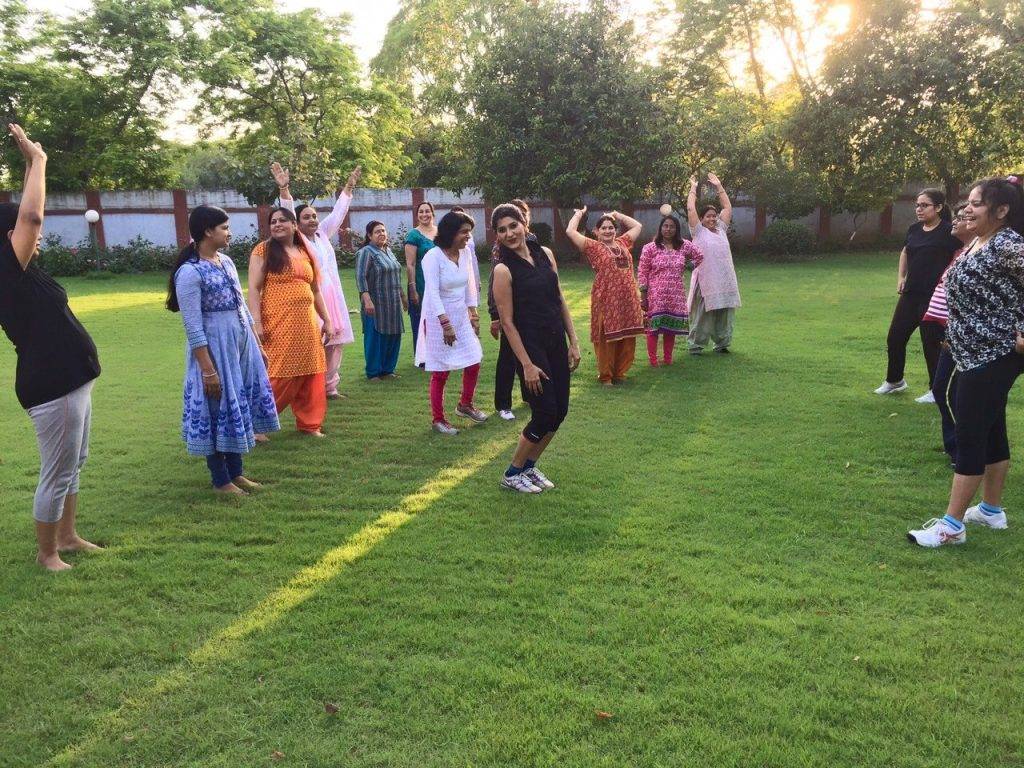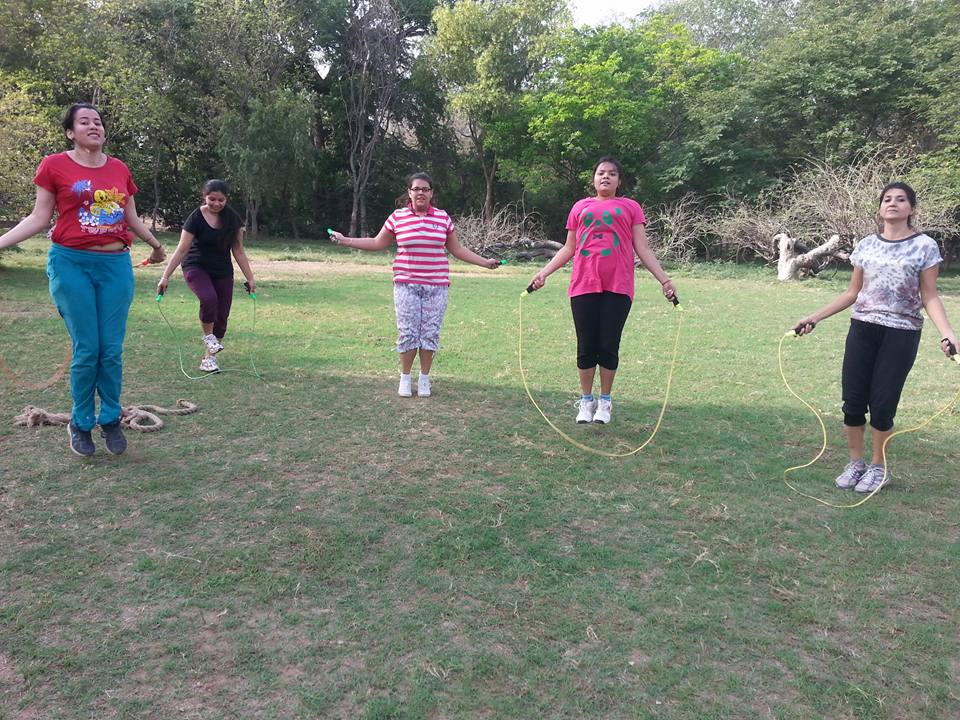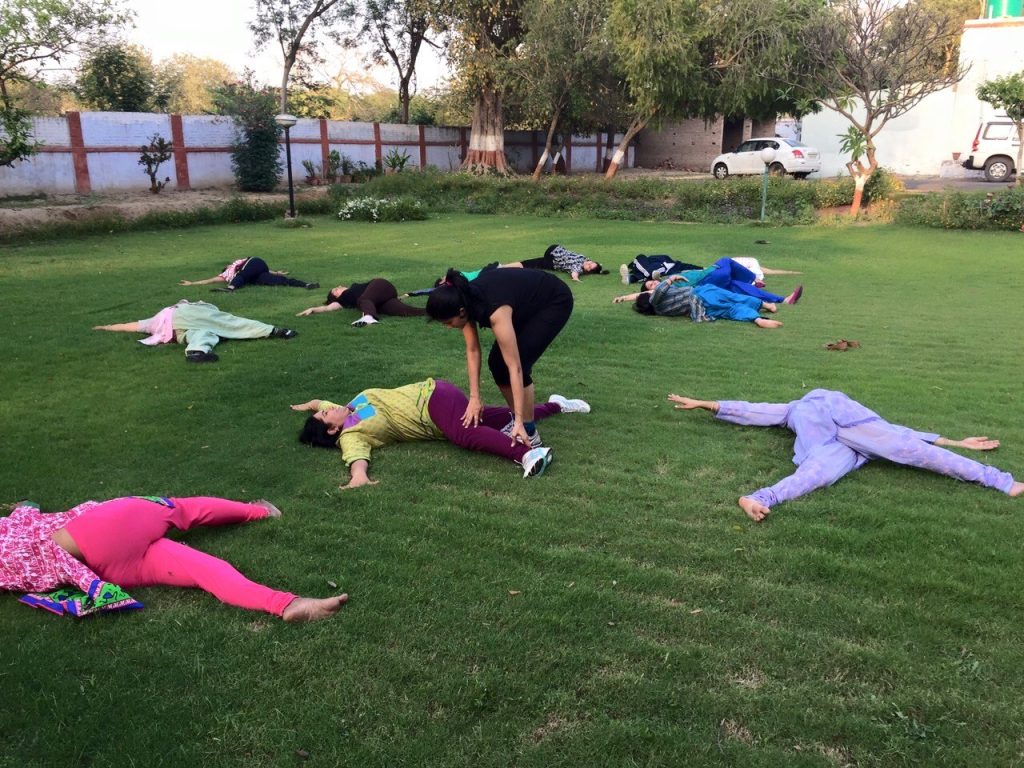Outdoor Training
Outdoor Training
Introduction
Exercise and physical activity in outside spaces like parks, trails, fields, or other natural settings are referred to as Outdoor Training. It has a variety of advantages and gives a welcome contrast from indoor exercises. Here are some details on outdoor training:
Fresh Air and Sunlight:
Variety of Terrain and Settings:
Increased Vitamin D Levels:
Functional Training Opportunities:
Social Interaction:
Benefits for Mental Health:
Accessible and Economical:
Popular outdoor exercises include:
- Jogging or running in parks or along trails
- Either road cycling or mountain riding
- Trekking or hiking
- Outdoor fitness
- Programs or boot camps
- Yoga or nature-based meditation
- Canoeing, kayaking, or paddleboarding
- playing team sports (basketball, volleyball, and soccer).




